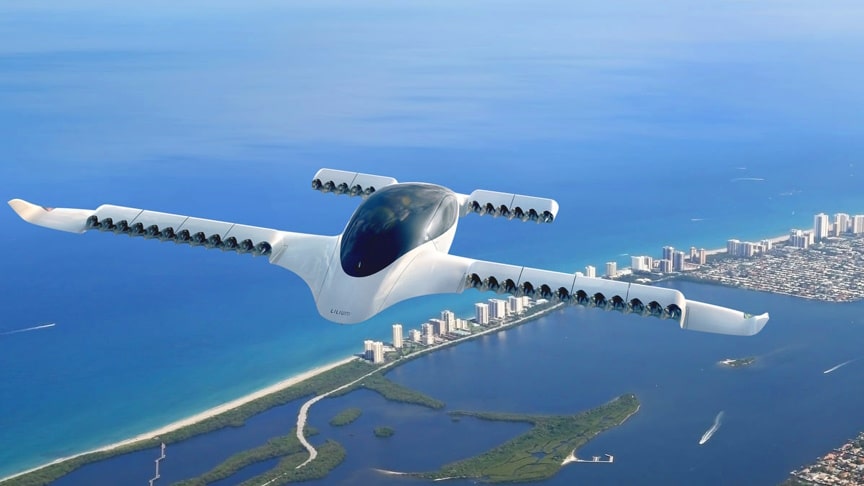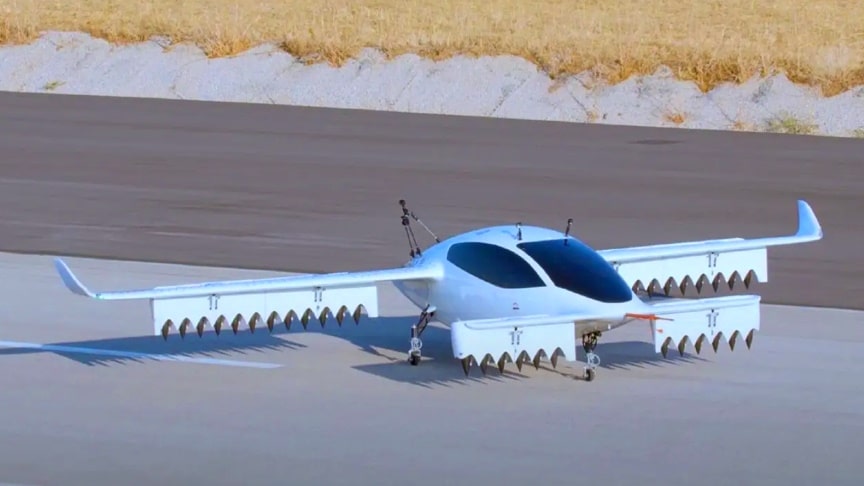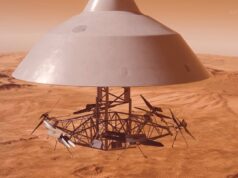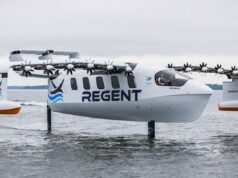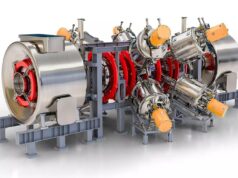Proud to officially announce we’ve hit our targeted speed for our tech demonstrator Phoenix 2: 136kt (250 +km/h, 155 + mph).This is meaningful as our target cruise speed at sea level for our confirming aircraft for will be up to: 155 mph / 250 km/h.
Our tech demonstrator hitting this target helps us to demonstrate stability and controllability of the aircraft and control software also in high speed and helps us towards certification of our conforming aircraft by validating our models in the high speed regime.
Last fall, Lilium announced that its technology demonstrator achieved full transition from hover to wing-borne flight. The Phoenix 2 aircraft has been performing test flights in Spain since the spring of 2022, and the team first achieved a main wing transition flight in June.
Advertisement
It is powered by 36 electric motors, six on each of the two front canards and twelve on each rear wing. Each unit is effectively a jet engine. A turbine, or small-diameter fan, forces air through a narrowing duct, where it is compressed and exits via a variable nozzle.
Mounted in clusters on hinged wing and canard surfaces, the jets move as one in the transition from vertical to horizontal flight.The production Lilium Jet is intended to accommodate six passengers and one pilot. It is powered by 36 electric motors, six on each of the two front canards and twelve on each rear wing. The motors are installed above twelve tiltable rear flaps. The drive-carrying flaps pivot downwards for vertical launch.Its 36 electric ducted fans are powered by a 1 MW (1,300 hp) lithium-ion battery; less than 200 hp (150 kW) is required to cruise.
Flight details:
- Flight Test Objective: Achieve top speed after full transition
- Aircraft: Phoenix 2 Technology Demonstrator
- Pilot: Remote
- Location: ATLAS Flight test center, Spain

